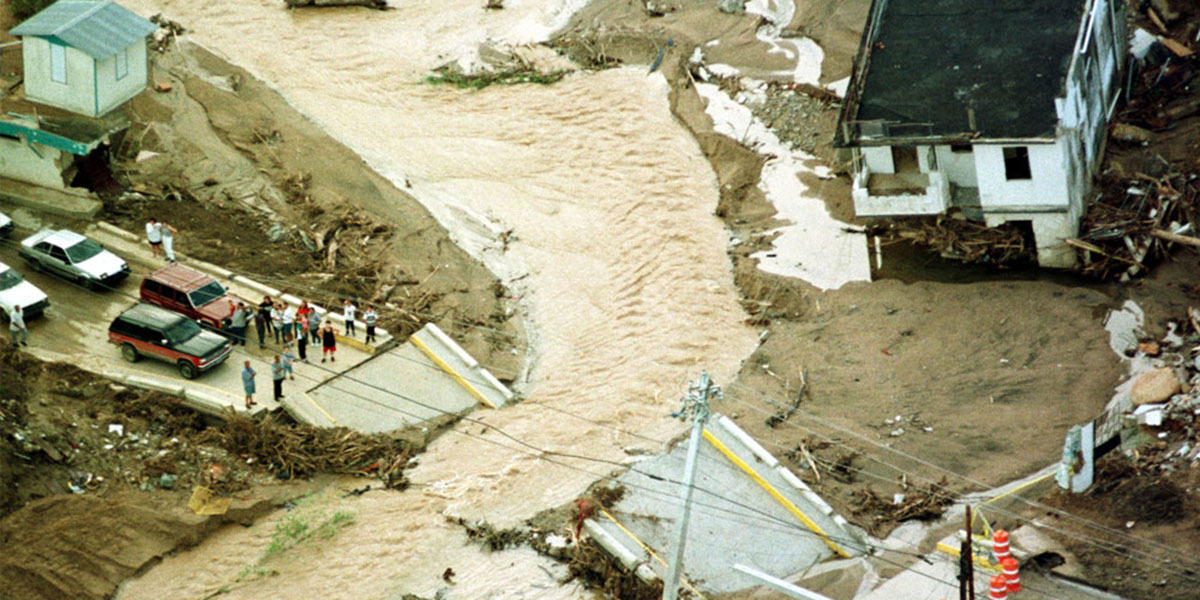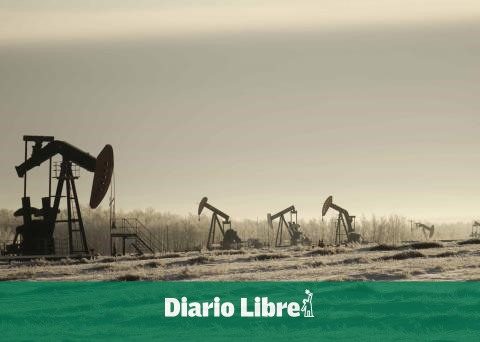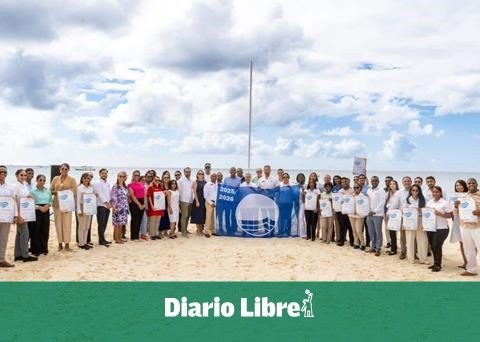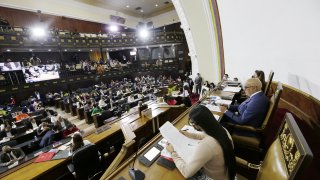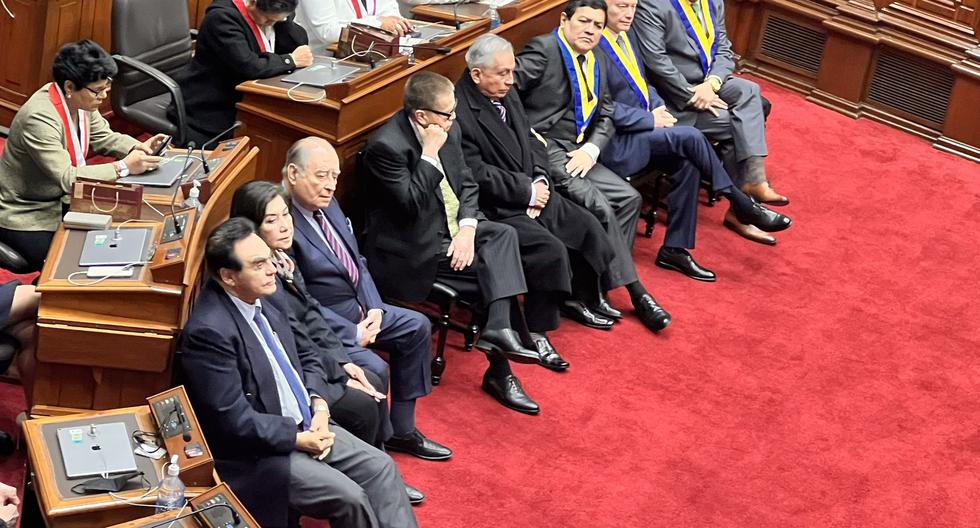The still unquantified impact of Hurricane Fiona brings to the stage the issue of the State’s losses or the lack of insurance for most public structures, whose repair or reconstruction costs imply for the State to spend large sums not contemplated in the General Budget of the State.
For the State, the cost of the hurricanes and storms that have affected the country between 1979 and 2007 fluctuates between 0.6 and 18.4% of the gross domestic product (GDP).
The global disbursements made by the State, due to the lack of catastrophic insurance for all its fixed assets, amount to more than US$5,000 million. While the insurance sector has covered losses for more than US$850 million.
State losses, lack of insurance
Natural disasters tend to affect highly exposed public works. These include highways, bridges, elevated and overpasses, dams, tunnels, and public buildings. Public buildings include schools, hospitals, public offices, emergency centers such as Civil Defense, 911, firefighters, and police stations and barracks.
With the exception of some state entities, such as the Central Bank, the Reserve Bank, the dependencies of the Ministry of Finance such as the superintendencies and the Punta Catalina thermoelectric plant, the bulk of public assets lack insurance coverage. However, the State has owned insurance companies for the last six decades.
Some ministries and the offices of the Edes and electrical infrastructures, in addition to the Attorney General’s Office, the Supreme Court of Justice and the Central Electoral Board have insurance.
However, public schools do not have catastrophic insurance, which from the application in 2013 of 4% of GDP for education, were the main niche of public investment, nor bridges and elevated.
High costs
They are all works that cost millions of dollars to build, and if they are affected by a cyclone or earthquake, which are the natural events to which the country is exposed due to its geographical location, they must be faced by the Government via a Public Calamity Fund. whose contribution is given by article 33 of Law 423-06.
Due to the traditional budget limitations that arise every year when the General State Budget is designed, the allocation that according to the law must be 1% of current income, is generally reduced to one tenth. The lack of insurance culture that exists in the country begins with the State, according to a widespread complaint in the Dominican insurance market.
Due to this lack, major projects such as the Santo Domingo Metro operate with little or no coverage. Of the Metro, only the cars were insured, according to explanations offered during a forum organized in 2014 by the Dominican-Swiss Chamber. In that event, it was stated that the Government, while public infrastructure works are being built, keeps them insured, but once the construction is finished, the validity of the policy ends.
Need to insure
Studies and calculations have been made in the country that seek to create awareness of insurance as a solution to catastrophic events. These studies have stated that insurance generates savings, manages risks efficiently, and also contributes to the economy through taxes and jobs.
The insurance enables reconstruction after disasters or natural catastrophes, allowing resources to be made available without the need to seek internal or external financing. Reduces recovery time.
Insurance experts cite as reasons for insuring state infrastructure, that it has been shown to be the best way to manage catastrophic risks, that the state has control of the activity and supervises the technical reserves generated by the insurance, its investment, solvency and quality of reinsurers.
accumulated cost
The six major hurricanes and storms that have affected the country between 1979 and 2007 have generated losses for the State of some US$5.1 billion. The catastrophic losses insured amounted to US$840.5 million in that period, equivalent to RD$13,600.3 million.
The greatest cost was experienced by the State with Hurricane Georges, on September 22, 1998, with a disbursement of US$3,200 million, which represented 16.1% of the gross domestic product (GDP). For that year the exchange rate was RD$15.5 per US$1.00. On the other hand, the greatest loss compared to national production was produced by Hurricane David and Storm Federico, which affected the country on August 31, 1979.
The losses for the State amounted to US$1,300 million, which represented 18.4% of GDP at the time, according to figures from the Chamber of Insurers and Reinsurers. Jeanne, which affected the country in September 2004 as a category one hurricane, caused the State losses of US$315.0 million, equivalent to 1.6% of GDP.
The insurance sector incurred a cost of US$100 million. In storms Olga and Noel, in 2007, the cost for the Dominican State was US$285.0 million, an amount equivalent to 0.6% of GDP. The insurance sector bore a cost of US$29.0 million.
The Dominican Republic has one of the lowest levels of insurance penetration in all of Latin America
